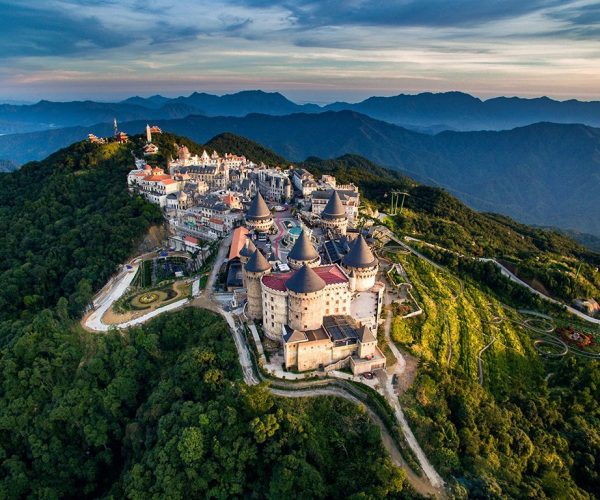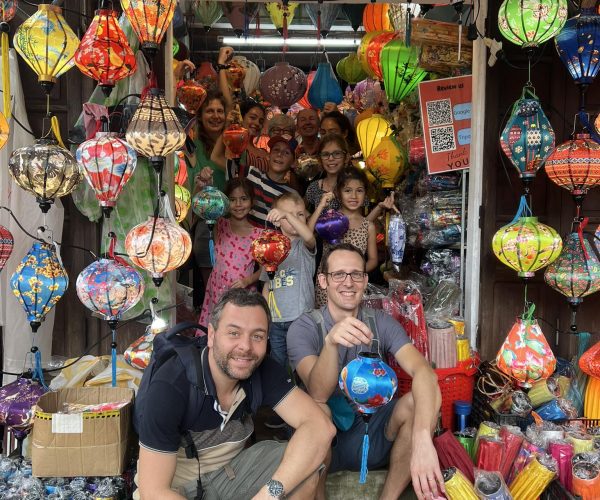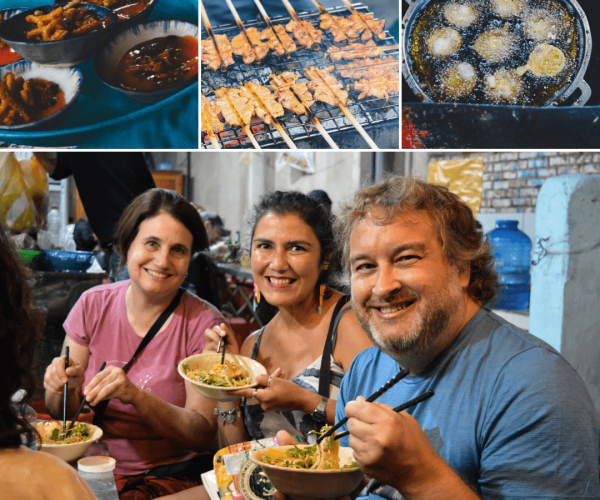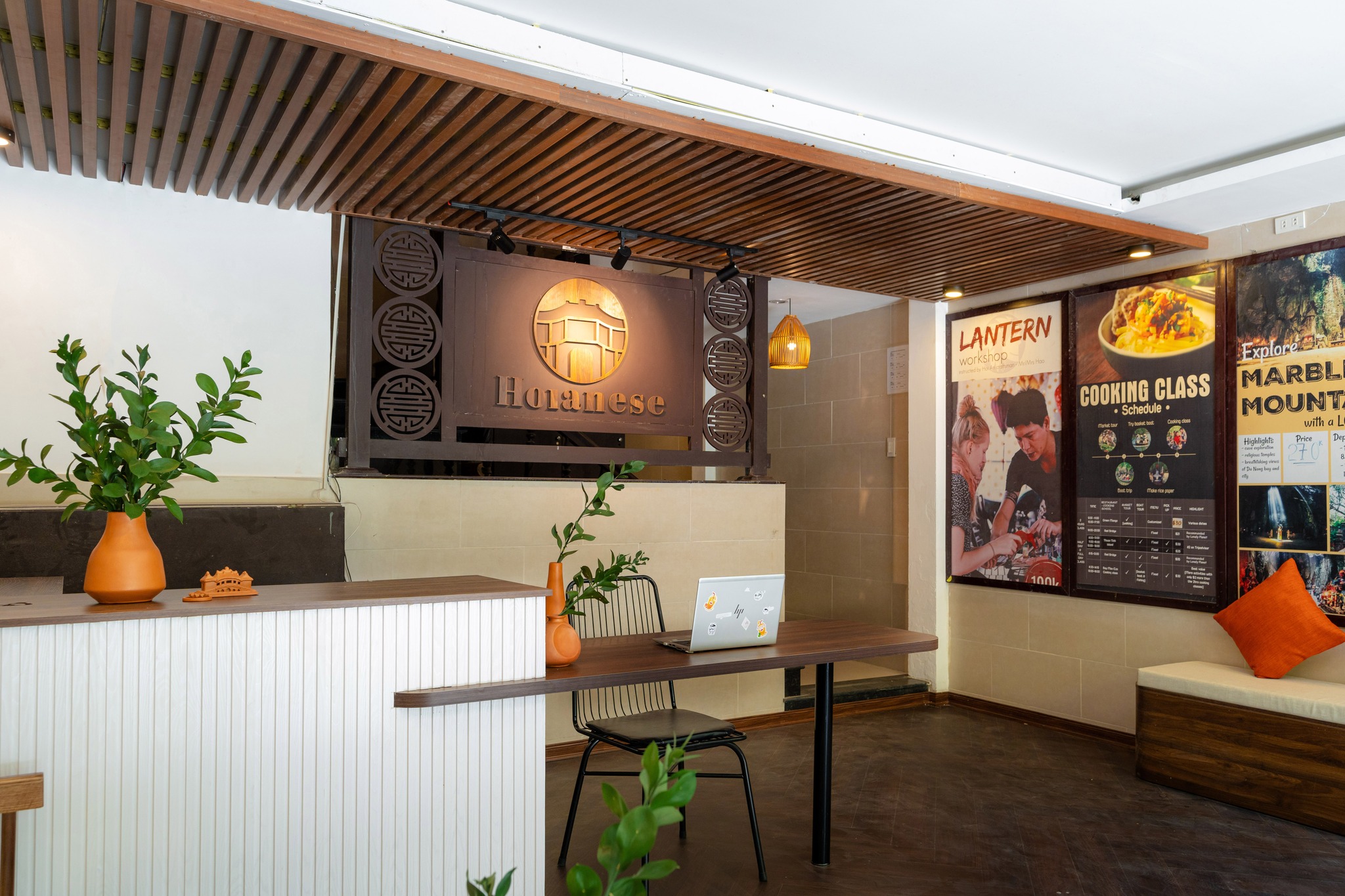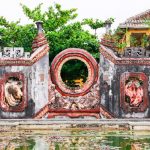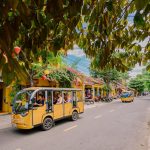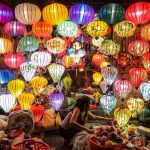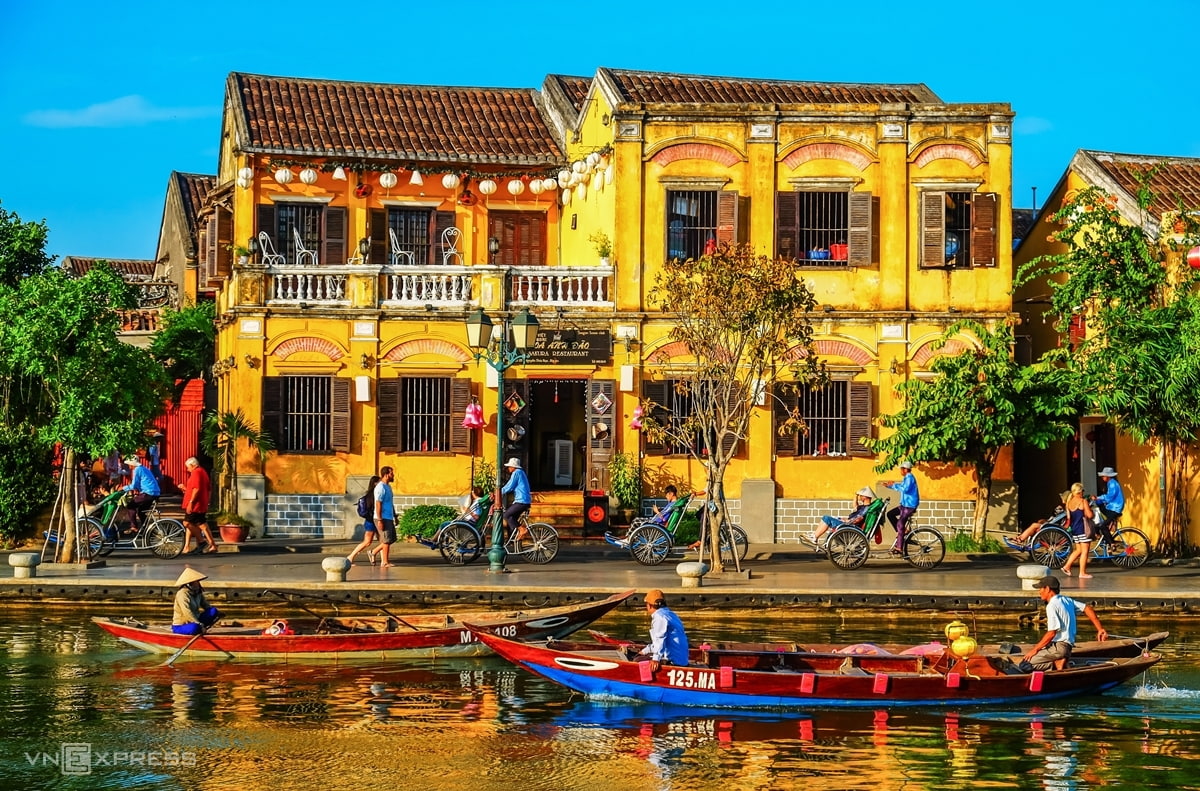
Sharing is caring!
Sa Huynh prehistoric and cultural era: 1000 BC – 2nd century AD
Sa Huynh is one of the three largest cultures in the prehistoric era on the territory of Vietnam, along with it is the Dong Son culture in the North and the Oc Eo culture in the South. Researchers have found artifacts dating back about 3000 years, especially clay jars. From there, partly recreate the beliefs and beliefs of the local residents. To learn more about Sa Huynh culture, you can visit the Sa Huynh culture museum in Hoi An at the following address: 149 Tran Phu.
Champa period: 2nd-15th century AD
Cham Pa was a powerful and prosperous kingdom that existed independently since 192 AD and completely disappeared and was officially merged into Vietnam in 1832. During this time, Hoi An was already an important trading port, with a role in promoting trade and cultural exchanges with other countries such as Arabia, Persia, China, and India.
Today, researchers have found a lot of relics of the Cham Pa culture in Hoi An, especially ancient well systems.
Going through the ups and downs of history, the country of Champa gradually weakened, since then Hoi An also gradually lost the role of an economic center.
Dai Viet period (Vietnam): from 16th-19th century AD
During this period, Vietnam was temporarily divided into Dang Trong (Cochinchina) and Dang Ngoai (Tonkin). Dang Trong was controlled by Lord Nguyen. Dang Ngoai was ruled by King Le and Lord Trinh. At this time, Hoi An belonged to Dang Trong, under the control of Lord Nguyen.
During this time, Lord Nguyen tried to build a strong government so that he could stand and develop under the threat and challenge of the Tonkin government. In order to do that, Lord Nguyen needed to build a developed economy for himself, and he decided to restore Hoi An trading port in the 16th century and turn Hoi An into one of the busiest trading ports in Southeast Asia in the 17th and 18th centuries.
Conclusion
There have been many merchant ships from many countries such as Japan, China, Thailand, India, England, France, and Portugal have come here to trade with the locals. In particular, Lord Nguyen cut land for the Japanese and Chinese so that they could live and trade in Hoi An. These peaceful and open policies have contributed to the formation of Hoi An Ancient Town with cultural diversity, unique in architecture as it is today.
At the end of the 19th century, due to natural changes, as well as the formation of a new town, Da Nang in the north, Hoi An once again lost its role as a trading center. However, it is because of this that Hoi An is outside the trend of Urbanization, and has been preserved almost completely to this day.



